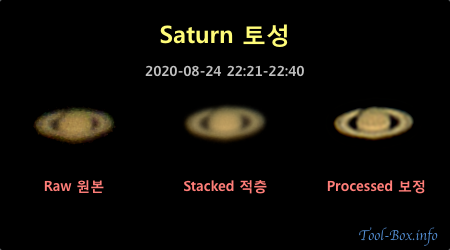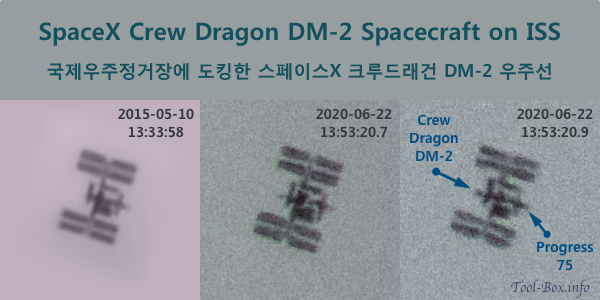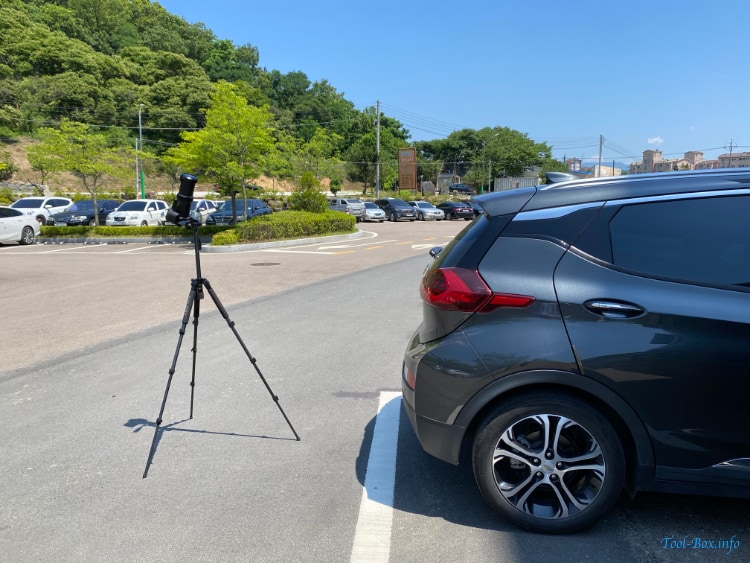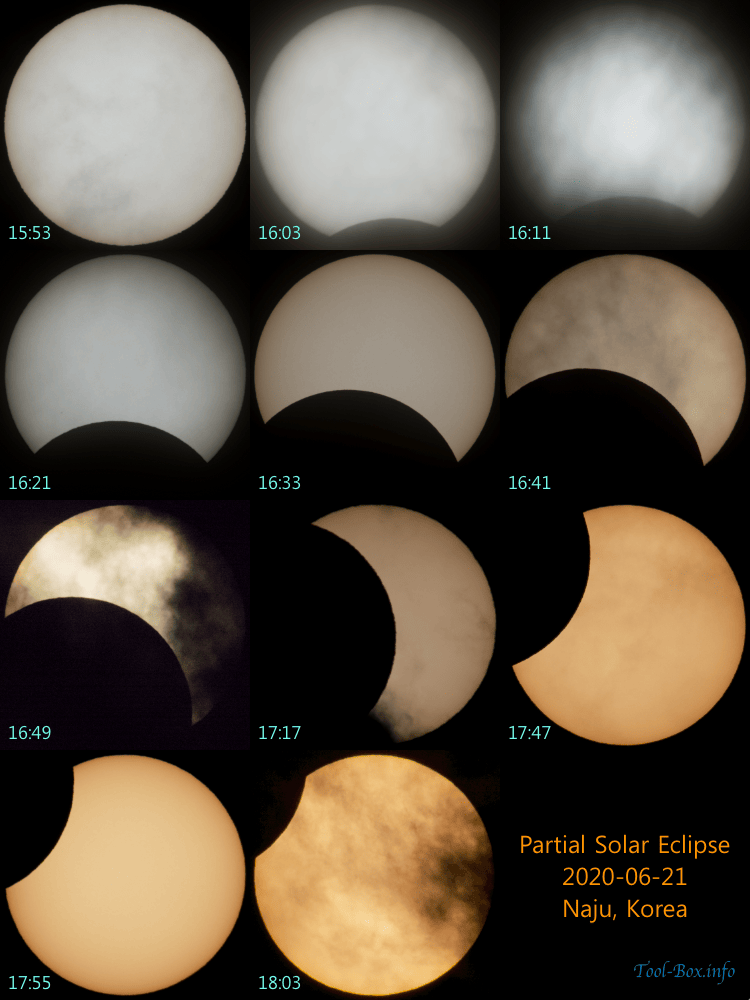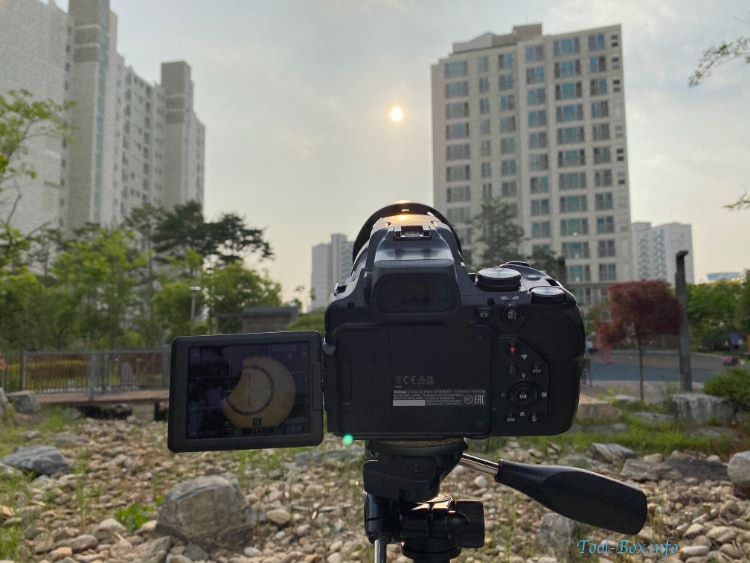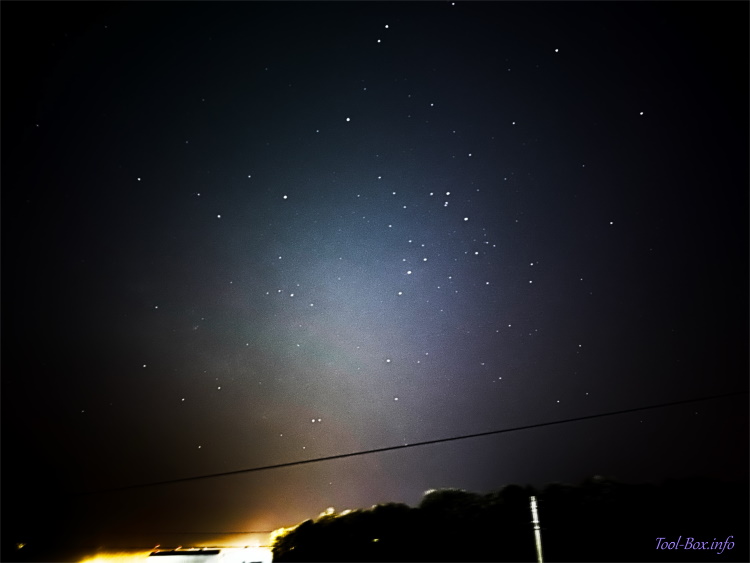Close approach of Mars in 2020
Posted by Wesley on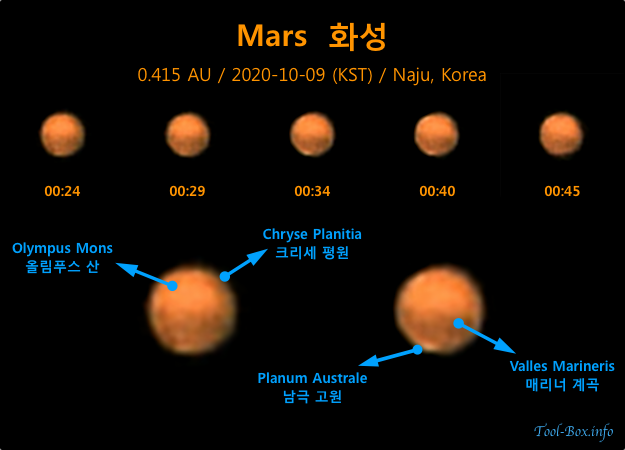
With the red planet coming close again after two years, it gave me another good opportunity to take a detailed look of the surface using my equipment. The Nikon P1000 has been working well for me these days, so I pointed its lens to the sky around midnight to capture the photos. Although the total session lasted less than an hour, I got satisfactory results.
Last time the Mars was close, I photographed the eastern hemisphere. This time I got to see the western hemisphere, which has the famous features like Olympus Mons and Valles Marineris, one of the biggest examples of mountain and canyon in the solar system, respectively. Also, I got to see the polar ice caps on Planum Australe for the first time, a highlight of the otherwise reddish, 45-pixel wide (22.6" apparent) disc of the planet.
Device: Nikon P1000
Settings: 3000mm - ISO 100 - 1/500s - f/8
Filters: None
Time: 2020-10-09 00:18 - 00:54 KST
Location: Naju, Korea
44 photos processed with PIPP 2.5.9, RegiStax 6.1.0.8, and Pixelmator Pro 1.8
